How to Improve Your Logo Design: A Comprehensive Guide
Your logo is the face of your brand – it's often the first impression you make and can be seen on everything from your website to your business cards. A practical, memorable logo is crucial for communicating what your company does and stands for. But maybe your current logo feels dated, doesn't represent your brand well, or needs a refresh.
In this comprehensive guide, we'll walk you through how to improve your logo design from start to finish. We'll cover:
- The key elements that make up a successful logo
- Creative exercises to help define your brand identity and style
- Tips for choosing the right colours, fonts, and graphic elements
- Common logo design mistakes and how to avoid them
- When to use a graphic designer vs DIY options
- How to create brand standards so your logo is used consistently
Follow along as we break down the logo design process step-by-step. Whether a startup creating a logo from scratch or an established business looking to redesign, you'll gain the knowledge and tools to create a polished, professional logo representing your brand vision and connecting with your audience. Let's dive in!
Table of Contents
How to Improve your Logo Design
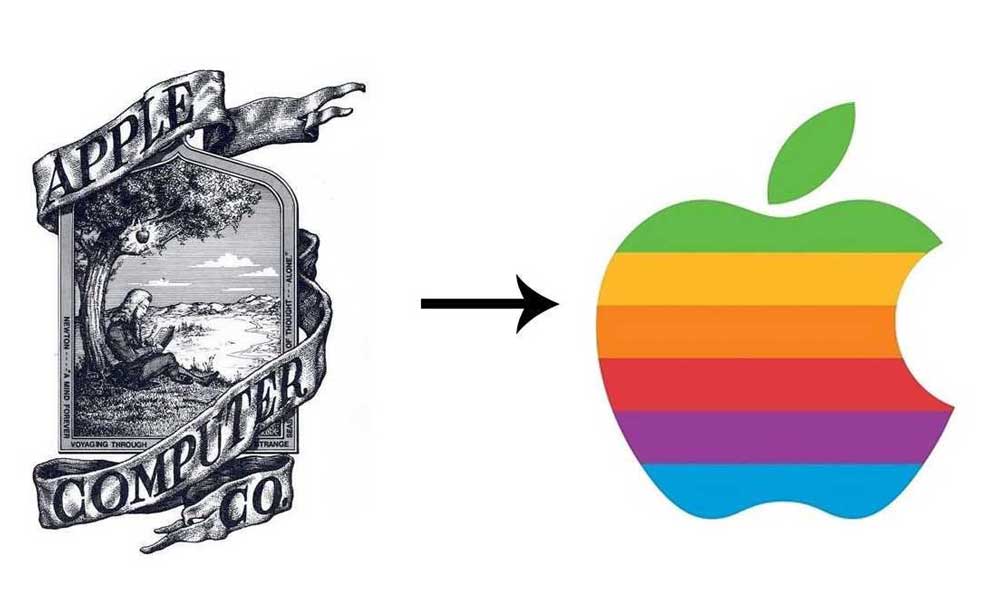
The Role of a Logo
A logo is much more than just a visual element. It serves as the face of your brand and plays a pivotal role in creating a lasting impression on your audience. Think of it as your brand's ambassador, communicating your identity and values to the world.
The primary roles of a logo include:
- Identification: Your logo should be unique and instantly recognisable, making it easier for customers to identify your brand.
- Memorability: A well-designed logo is memorable and leaves a lasting impression on people's minds. This can lead to increased brand recall.
- Communication: Logos can convey much about your brand, including its personality, values, and industry. They can be powerful tools for storytelling.
Logo Design Principles
To create an effective logo, you must adhere to certain design principles that have stood the test of time. These principles ensure that your logo is aesthetically pleasing and functional.
The critical logo design principles include the following:
- Simplicity: Keep your logo simple and uncluttered. A complex logo can be confusing and less memorable.
- Versatility: Your logo should work well in various sizes and mediums, from business cards to billboards.
- Memorability: Aim for a design that is easy to remember. A memorable logo is more likely to leave a lasting impression.
- Relevance: Your logo should align with your brand's identity and the industry you operate in. It should convey the right message to your target audience.
Logo Types and Styles
Logos come in various types and styles, each with advantages and characteristics. Understanding these can help you choose the best approach for your brand.
Here are some common logo types:
- Wordmark: This type of logo focuses primarily on the brand's name. It's often used when the brand name is distinctive and memorable.
- Symbol or Icon: Symbols or icons are standalone visual elements that represent the brand. They can be highly memorable and versatile.
- Combination Mark: Combination marks merge a wordmark with a symbol. This offers the advantage of both text and visual representation.
- Emblem: Emblems typically consist of text enclosed within a symbol or badge. They are often associated with traditional or prestigious brands.
Choosing the right type and style depends on your brand's personality, values, and target audience. It's essential to align your logo with your brand identity.
Research and Inspiration
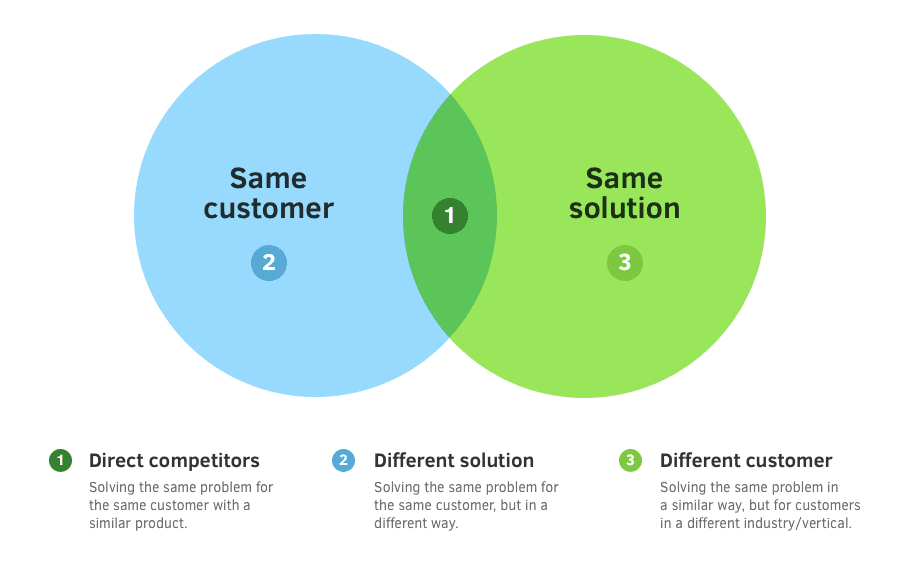
Competitor Analysis
Before you start designing your logo, it's crucial to research your competitors' logos. This helps you understand the visual landscape of your industry and identify opportunities to stand out.
Here's how competitor analysis can benefit your logo design:
- Differentiation: By studying competitors' logos, you can ensure that your logo looks distinct and doesn't resemble others in your field.
- Trends and Patterns: Analysing competitors' logos can reveal trends and common design elements in your industry. This can inform your design choices.
- Audience Expectations: Understanding what symbols your audience is exposed to can help you meet their expectations or intentionally subvert them.
Target Audience Understanding
Your logo should resonate with your target audience. It would be best to deeply understand your audience and what appeals to them to achieve this.
Consider the following when designing for your target audience:
- Demographics: Know the age, gender, location, and other demographic details of your audience.
- Psychographics: Understand their interests, values, lifestyles, and preferences. This helps in creating a logo that speaks to them on a personal level.
- Market Research: Conduct surveys or market research to gather insights directly from your audience.
Tailoring your logo to your audience's preferences and expectations increases its effectiveness in connecting with potential customers.
Drawing Inspiration
Inspiration for logo design can come from various sources. The key is to keep an open mind and actively seek creative ideas. Here are some ways to draw inspiration:
- Nature: Nature is a rich source of patterns, colours, and shapes. Consider how elements from the natural world can be incorporated into your logo.
- Art and Design History: Explore art movements and design styles from different periods and cultures. Historical references can add depth to your design.
- Typography and Calligraphy: The world of fonts and lettering offers endless possibilities for unique logo elements.
- Symbolism: Delve into symbolism and semiotics to imbue your logo with meaning and depth.
Remember that inspiration can strike at any time, so keep a sketchbook or digital notepad handy to capture your ideas.
The Design Process
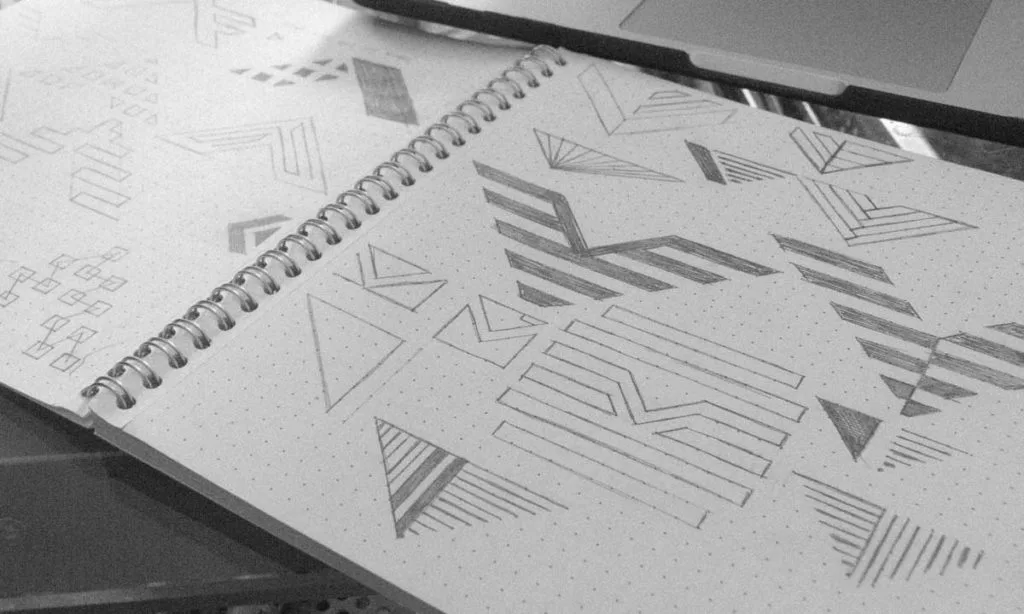
Sketching and Concept Development
The design process often begins with sketches and concept development. This hands-on phase allows you to explore ideas freely before committing to digital design.
Here's how to approach sketching and concept development:
- Brainstorm: Start by brainstorming ideas related to your brand and its values. Sketch out rough concepts that come to mind.
- Iterate: Don't settle for your first idea. Iterate and refine your concepts, exploring various directions.
- Feedback: Share your sketches with peers or colleagues to gather initial feedback. Fresh perspectives can lead to valuable insights.
Once you have a solid concept on paper, you can move on to the digital design phase with greater confidence.
Digital Tools and Software
The transition from sketches to digital design requires appropriate tools and software. Familiarising yourself with these tools is essential for bringing your concept to life.
Commonly used tools and software for logo design include:
- Adobe Illustrator: This vector graphics software is a go-to choice for professional logo designers due to its precision and versatility.
- CorelDRAW: Another powerful vector-based design tool suitable for creating logos.
- Inkscape: A free, open-source alternative for vector graphics design.
- Canva: An easy-to-use online platform offering beginners logo design templates and tools.
Choosing the right tool depends on your skill level, budget, and specific project requirements. You can begin the digital design process once you're comfortable with the software.
Colour Theory and Typography
Colour and typography are crucial elements of logo design, as they contribute significantly to your logo's aesthetics and message.
Consider the following when working with colour and typography:
- Colour Psychology: Different colours evoke different emotions and associations—research colour psychology to choose a palette that aligns with your brand's message.
- Typography Selection: The choice of fonts and typography styles should reflect your brand's personality. Experiment with various typefaces to find the perfect match.
- Consistency: Maintain consistency in colour and typography across all branding materials to reinforce your brand identity.
The right colour and typography choices can make your logo visually appealing and emotionally resonant with your audience.
Creating a Timeless Logo
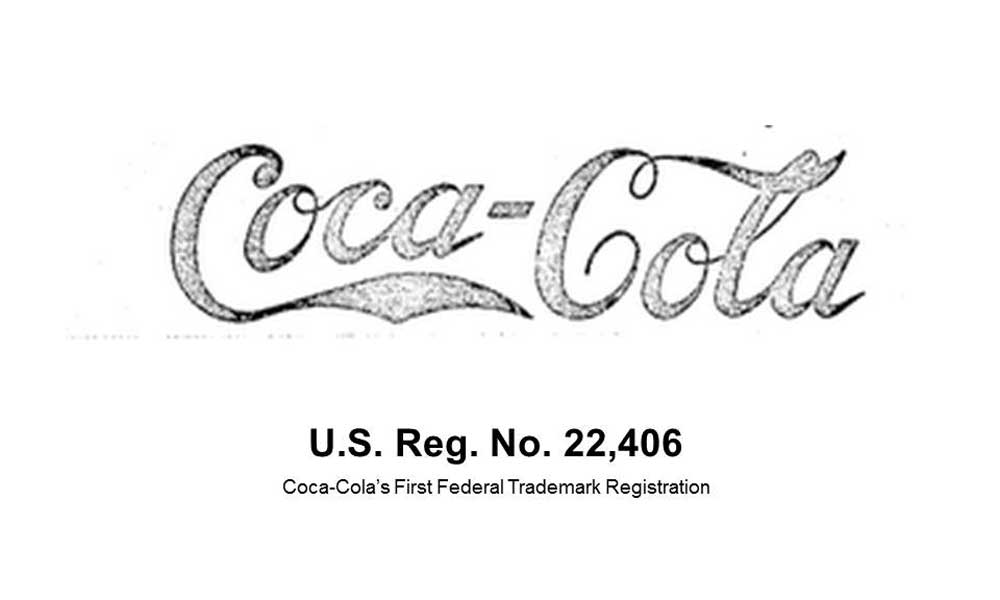
Avoiding Trends
While it's tempting to follow design trends, especially in the fast-paced world of branding, it's crucial to avoid over-reliance on trends. Trendy logos can quickly become outdated, leaving your brand needing frequent redesigns.
Here's how to create a timeless logo:
- Focus on Core Values: Instead of chasing trends, represent your brand's core values and identity.
- Simplicity: Timeless logos are often simple and uncluttered. They have a timeless quality that transcends fleeting design trends.
- Classic Elements: Incorporate traditional design elements that have stood the test of time, such as geometric shapes or elegant typography.
By prioritising timelessness over trends, you ensure your logo remains relevant and practical for years.
Scalability and Versatility
A great logo should look equally impressive on a business card or billboard. Scalability and versatility are crucial aspects of logo design.
Consider the following when ensuring your logo is scalable and versatile:
- Test at Different Sizes: Experiment with resizing your logo to see how it performs at various scales. Ensure it remains clear and legible.
- Black and White Versions: Create black and white versions of your logo for situations where colour isn't an option.
- Adaptability: Ensure your logo works well on digital and physical materials, from websites and social media profiles to printed materials like brochures and signage.
A logo that adapts seamlessly to different contexts will maintain its impact and recognition.
Feedback and Iteration
Feedback is a vital part of the design process. Don't hesitate to seek input from others, whether they are colleagues, clients, or friends.
Here's how to make the most of feedback and iteration:
- Open Communication: Encourage honest and constructive feedback from a variety of sources.
- Consider Multiple Perspectives: Different people may interpret your logo differently. Consider how various perspectives align with your brand's message.
- Iterate Responsively: Use feedback as a guide for making improvements. Feel free to make changes to your design based on valuable insights.
The iterative process can lead to a logo that meets your vision and resonates with your target audience.
Bringing Your Logo to Life
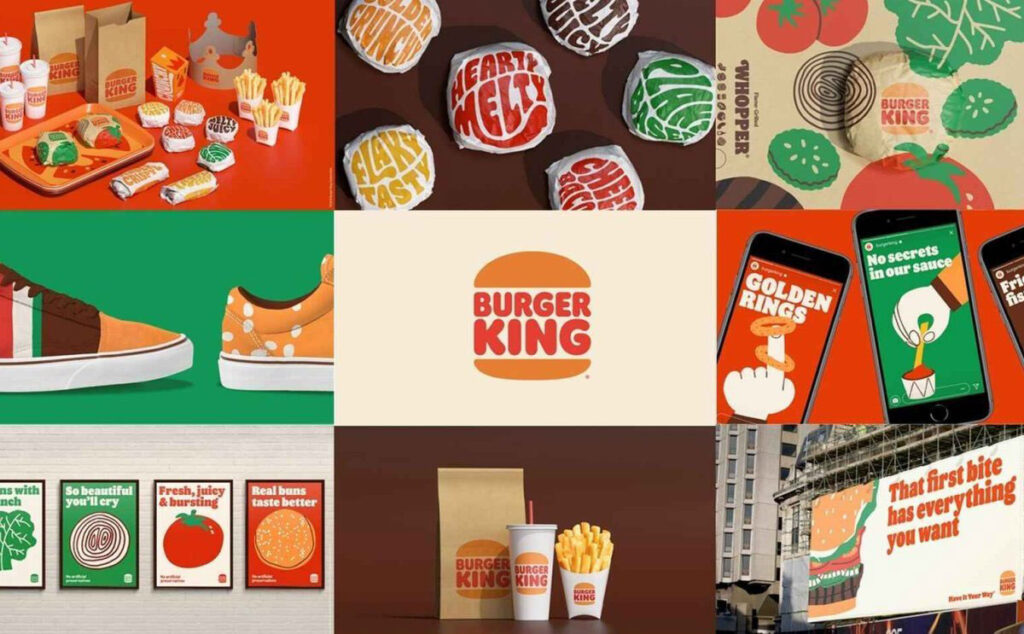
Logo Implementation
Once you've finalised your logo design, it's time to implement it across various touchpoints. Effective implementation ensures consistent branding across all platforms.
Here's how to implement your logo effectively:
- Create Brand Guidelines: Develop guidelines that outline logo usage, colour codes, and typography standards.
- Digital Presence: Use your logo on your website, social media profiles, email signatures, and digital marketing materials.
- Print Materials: Apply your logo to business cards, letterheads, brochures, and other print materials your brand uses.
By consistently applying your logo, you reinforce your brand identity and make it more recognisable to your audience.
Protecting Your Logo
Your logo is a valuable asset, and protecting it from unauthorised use is essential. Trademarking and copyrighting your logo can help safeguard your brand identity.
Consider the following steps for logo protection:
- Trademark Registration: Consult with legal experts to register your logo as a trademark, ensuring exclusive rights to its use.
- Monitor Usage: Regularly check for unauthorised use of your logo online and take appropriate legal action if necessary.
- Documentation: Keep detailed records of logo design files, approvals, and trademark certificates for legal purposes.
Protecting your logo ensures that others can't use it to benefit from your brand's reputation or confuse your customers.
Logo Evolution
Your logo may need to do the same as your brand grows and evolves. Evolution doesn't necessarily mean a complete redesign; it can involve subtle changes to keep your logo fresh while maintaining brand continuity.
Consider these factors when contemplating logo evolution:
- Market Trends: Assess whether your logo still aligns with current design trends and your brand's position in the market.
- Brand Values: Ensure that any changes to your logo still reflect your brand's core values and identity.
- Feedback: Seek feedback from your audience and stakeholders to gauge their reactions to potential changes.
Evolution should be a carefully considered process to maintain the trust and recognition your logo has built over time.
Conclusion
A logo is one of the most vital parts of your brand identity. It's often your first impression and can influence how potential customers perceive your business. While a great logo can become widely recognised and ignite interest, a poor design can hamper your marketing efforts and damage your reputation.
This post explores the fundamental principles and best practices for creating or revamping your company logo. An effective logo conveys your brand personality and values in a memorable, eye-catching way. It should be versatile across applications yet maintain integrity. When improving your logo, focus on simplicity, memorability, timelessness, and meaning. Evaluate if your current logo achieves this.
Update outdated or complex logos to reflect changes in your brand. Do proper research and brainstorming before beginning the redesign process. Examine competitors and industry leaders for inspiration, but make something unique to you. Work with a professional designer if needed to realise your vision.
Creating an outstanding logo can elevate your business. But it's an investment that will pay dividends for years through more substantial brand recognition and loyalty. The tips provided throughout this guide will start you down the right path. With a thoughtful strategy and deliberate design process, you can develop a logo that proudly represents your brand story. Let your logo make a powerful first impression and bold statement about who you are.
